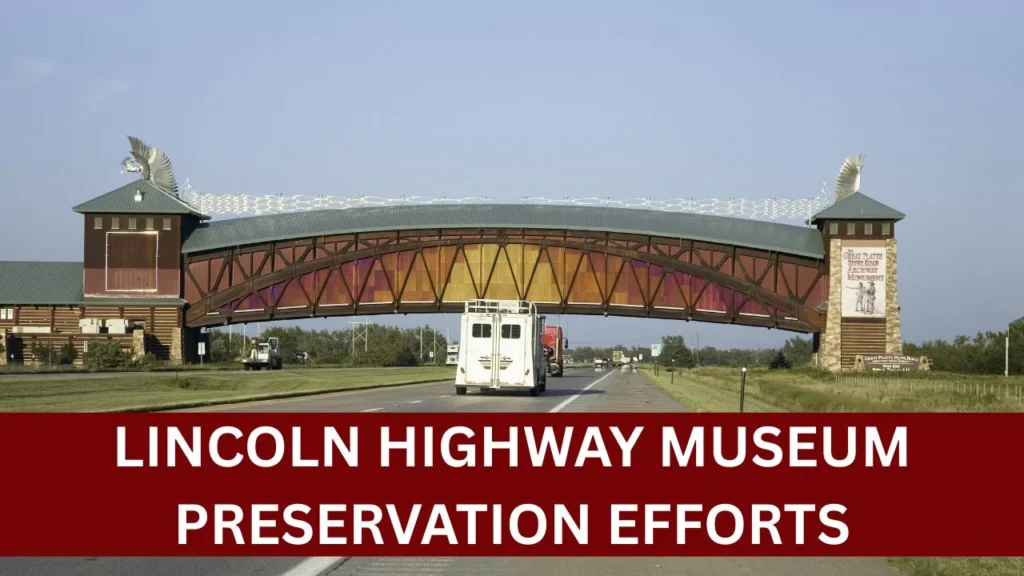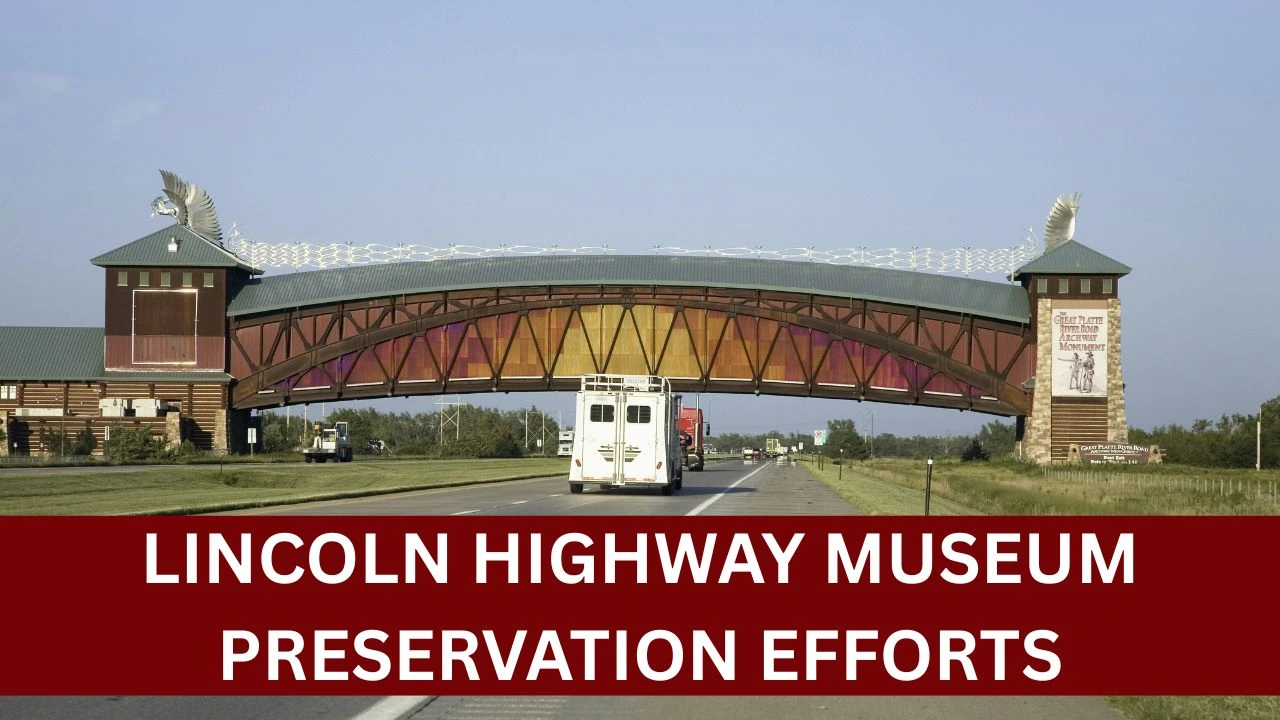The Lincoln Highway is often recognised as America’s first transcontinental highway, a groundbreaking concept that changed the way people travelled across the country. Just imagine a time before interstates and modern GPS—making a coast-to-coast trip was an exciting journey full of unknowns. Dedicated in 1913, this highway ran from Times Square in New York City to Lincoln Park in San Francisco. It brought together small towns and large cities, creating stronger connections among communities throughout the nation.
Back then, the idea of a continuous roadway was a game changer. Cars were still a luxury, and the thought of driving across the country seemed like something out of a fairy tale. The Lincoln Highway made that dream come true. It wasn’t just a route from point A to point B; it was a gateway to freedom and adventure. This road was more than just a stretch of asphalt; it symbolised progress, ambition, and a sense of togetherness.

Lincoln Highway Museum Preservation Efforts
Lincoln Highway museums serve as time capsules, transporting us back to the early days of road travel. They safeguard stories that might otherwise be lost to time. These institutions play a vital role in ensuring that the fascinating history of this iconic road doesn’t vanish in our rapidly changing digital era.
Stepping into a Lincoln Highway museum feels like diving into a treasure chest of American history and shows the Lincoln Highway Museum Preservation Efforts. You’ll discover vintage photographs that reveal what life was like a hundred years ago, original route markers that helped travellers navigate tough terrains, and classic cars that once sped along those same paths. Without these museums, so much of that history could easily be forgotten. Get some more information regarding the Lincoln Highway Museum Preservation Efforts, types of exhibits, collection, and different Lincoln Highway Museums.
Lincoln Highway Museum Preservation
| About | Lincoln Highway Museum Preservation |
| When was the highway dedicated? | It was dedicated in 1913. |
| Beginning point and ending point of the Lincoln Highway Museum | Times Square in New York City, all the way to Lincoln Park in San Francisco. |
| Is there a Lincoln Highway experience museum? | Yes, there is a Lincoln Highway experience museum available in Latrobe, Pennsylvania |
| Name of preservation hub | The Iowa Lincoln Highway Association Museum |
| What are the preservation efforts? | This is really about holding onto bits of a narrative that could easily vanish in today’s world. |
| Category | News |
| Year | 2025 |
| Resources | https://lhhc.org/ |
The Importance of Preservation Efforts
Protecting Artefacts and Historical Documents
Lincoln Highway preservation work goes beyond saving old items. It aims to keep parts of a tale that might disappear in today’s world of quick travel and digital ease. Old route signs, handwritten trip journals, old photos, and even rusted gas pumps along the road all tell a story. These objects show the grit and spirit of an earlier group that shaped how America moves.
Picture someone coming across an old shoebox packed with postcards from 1915. These cards might tell about the awe of seeing the Rockies for the first time, the hassle of getting bogged down in mud during a downpour, or the thrill of meeting new people on the journey who became pals. These small pieces of history would vanish if not preserved. Museums ensure these voices continue to be heard by documenting and protecting them.
Keeping Roadside Architecture and Landmarks Alive
Along with saving small objects, people put a lot of effort into maintaining roadside buildings. This includes gas stations, motels, diners, and odd attractions that made trips on the Lincoln Highway unforgettable. Each structure tells a tale: a gas station where countless cars once stopped to fill up, or a café that offered pie to folks driving across the nation.
Workers have fixed up some of these buildings to look just like they did many years ago, with bright neon signs and original furnishings. Others now serve as welcome centres or souvenir shops, but still keep the appeal of their first design. If we lost these structures, we’d lose what makes the highway special. They’re like living markers that show us how road trips felt in the past.
Community Involvement in Preservation
Local Volunteers and Historical Societies
The Lincoln Highway preservation movement’s most touching aspect is how ordinary people pitch in. Local volunteers form the backbone of these efforts. They restore and paint old signs, tidy up roadside markers, set up exhibits, and even guide tours. These museums and historical sites would struggle to function without their help.
Fundraiser keeping the history alive
By joining in on these events or even making a small donation, attendees are playing a part in preserving something much larger than themselves. They are helping to sustain and promote a piece of American history.
Frequently Asked Questions
- What is the Lincoln Highway, and why is it important?
- The Lincoln Highway, established back in 1913, is recognised as America’s first transcontinental highway, linking New York to San Francisco. It transformed travel, stimulated local economies, and laid the foundation for the modern road system we know today.
- How can people support Lincoln Highway museums?
- You can support these museums by visiting them, donating, volunteering, taking part in fundraising events, and spreading the word about their importance on social media.
- Are there still any authentic sections of the Lincoln Highway left?
- Yes! Many original parts of the route are still intact. Travellers can explore these sections to experience the road as it was a century ago.
- What role do volunteers play in preservation?
- Volunteers play a vital role in preservation. They play a role in maintaining exhibits, arranging events, rehabilitating historic landmarks, and enlightening the public about the Lincoln Highway.
